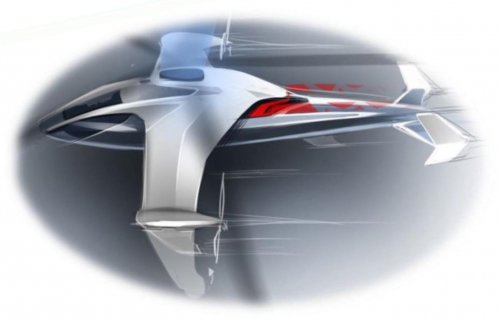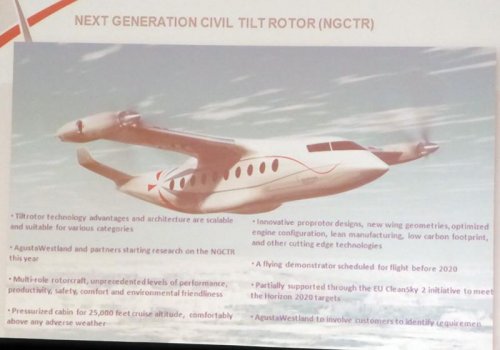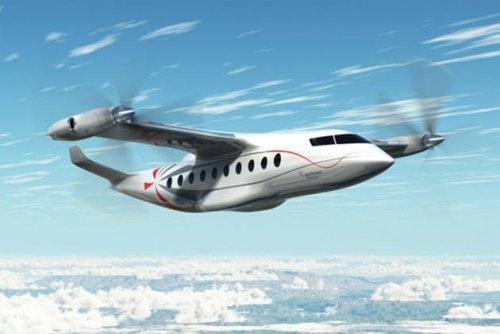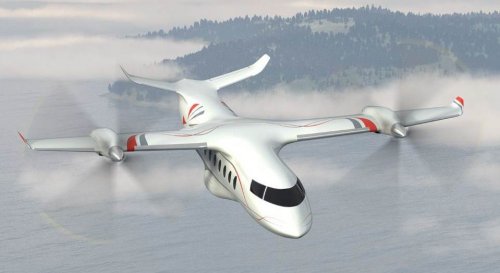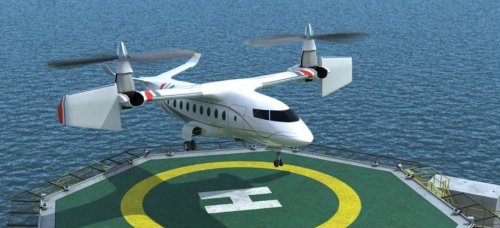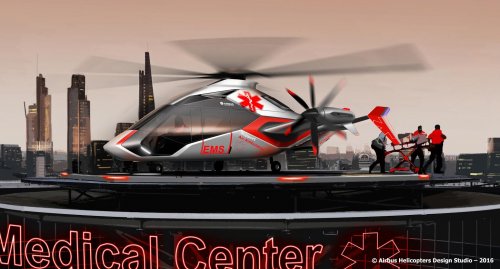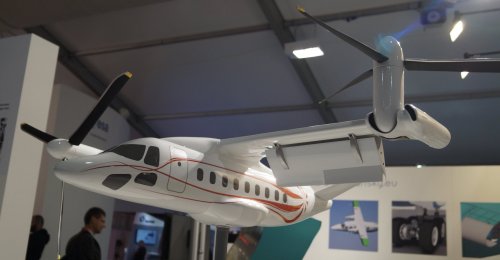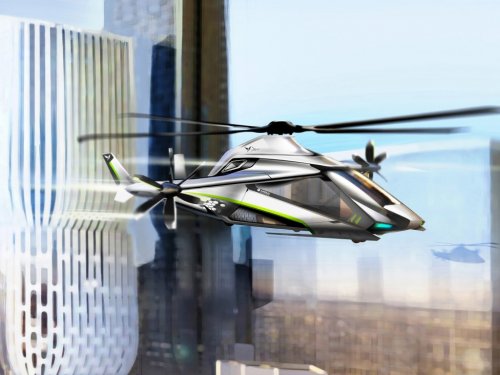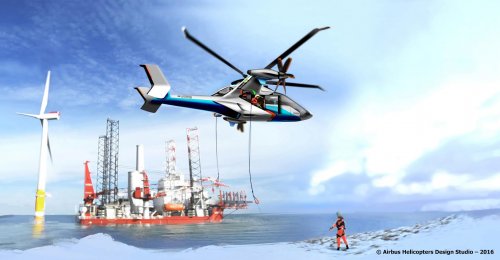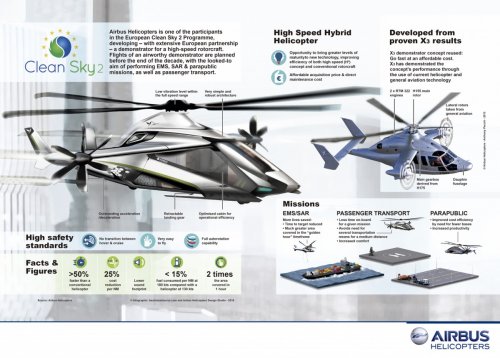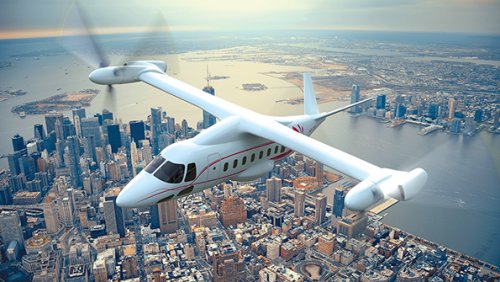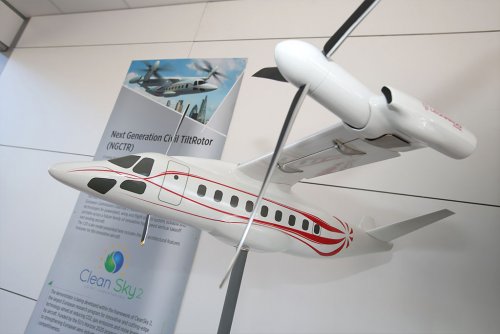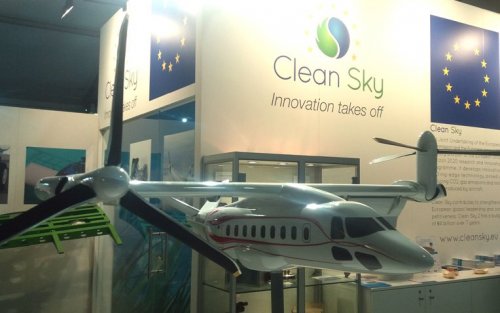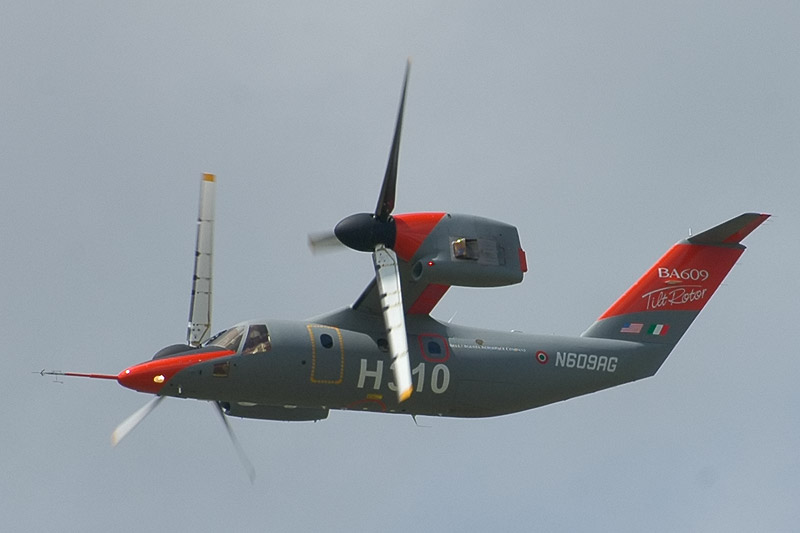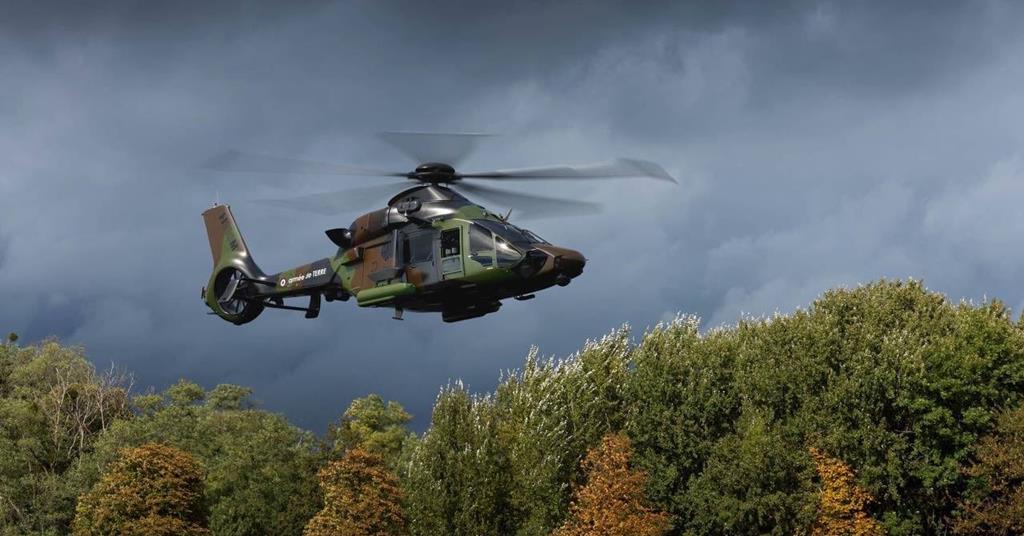- Joined
- 18 October 2006
- Messages
- 4,211
- Reaction score
- 4,921
For those of us who are interested in seeing vertical aviation move forward out of its biplane stage, this is very encouraging.
Looks for Lead in Fast Rotors
Posted by Graham Warwick 10:44 PM on Jan 28, 2014
Europe's rotorcraft industry has high hopes for the planned Clean Sky 2 public-private research program. Clean Sky 2 is expected to include not one, but two fast rotorcraft flight demonstrators, one led by AgustaWestland and the other by the company formerly known as Eurocopter (now Airbus Helicopters).
Clean Sky 2 is planned to run from 2014 to 2023 with €4.05 billion ($5.55 billion) in funding -- €1.8 billion from the European Union and the rest from industry. For both manufacturers, the program is a chance to keep pace in fast-rotorcraft development with the U.S., which plans to fly two demonstrators under the Army's Joint Multi Role (JMR) program.
As Clean Sky managers tour Europe briefing industry and academia on the plans for Clean Sky 2, now in the political approval phase, leaders of the proposed fast-rotorcraft integrated aircraft demonstrator program (IADP) are providing glimpses into the different objectives behind the two vehicles they plan to fly before the end of this decade.
Outer wings and proprotors tilt, engines remain fixed (Concepts: Clean Sky)
AgustaWestland will lead design of a second-generation tiltrotor -- the first generation being the company's AW609, a design acquired from former partner Bell Helicopter. The flight demonstrator will aim to validate a tiltorotor configuration in which the outer wing panels tilt with the proprotors while the inner wing sections stay fixed. The engines may or may not remain fixed while the proprotors tilt.
This configuration promises to increase efficiency in both helicopter and aeroplane modes, allowing a longer-span wing for lower drag in cruise flight while minimizing rotor download on the wing in vertical flight. Karem Aircraft uses a similar approach in its tiltrotor for JMR, while Bell uses fixed engines/tilting proprotors in its design for the US Army program.
Or tip-mounted nacelles tilt with outer wings (Concept: Clean Sky)
AgustaWestland is aiming for a cruise speed exceeding 300kt, allowing the pressurized aircraft to fly 250nm in under 1hr 45min on search-and-rescue and medical missions. The proposed schedule calls for a critical design review in first-half 2016, demonstrator first flight in mid-2019, reaching TRL 6 by the end of 2022 ready to transition to a certification program beginning in 2033.
Airbus Helicopters' concept artwork for the second fast-rotorcraft demonstrator, LifeRCraft, is more generic, showing a swoopy notional follow-on Eurocopter's X3 compound-helicopter testbed. The objectives under the IADP include combining a cruise speed of 220kt with hover performance as least as good as a conventional helicopter, while lowering noise and emissions.
Tractor- (top) or pusher-prop compound configurations (Concepts: Clean Sky)
LifeRCraft has the same architecture as the X3, with two (tractor or pusher) propellers at the tips of short wings driven from the same gearbox as the single main rotor. Sikorsky's compound helicopter for JMR has coaxial rigid main rotors and a single rear propulsor, while AVX's has coaxial rotors and ducted fans. The goal under Clean Sky 2 is to take the Eurocopter/Airbus compound helicopter to TRL 6 by 2020.
More X3-like LifeRCraft in action (Concept: Clean Sky)
Looks for Lead in Fast Rotors
Posted by Graham Warwick 10:44 PM on Jan 28, 2014
Europe's rotorcraft industry has high hopes for the planned Clean Sky 2 public-private research program. Clean Sky 2 is expected to include not one, but two fast rotorcraft flight demonstrators, one led by AgustaWestland and the other by the company formerly known as Eurocopter (now Airbus Helicopters).
Clean Sky 2 is planned to run from 2014 to 2023 with €4.05 billion ($5.55 billion) in funding -- €1.8 billion from the European Union and the rest from industry. For both manufacturers, the program is a chance to keep pace in fast-rotorcraft development with the U.S., which plans to fly two demonstrators under the Army's Joint Multi Role (JMR) program.
As Clean Sky managers tour Europe briefing industry and academia on the plans for Clean Sky 2, now in the political approval phase, leaders of the proposed fast-rotorcraft integrated aircraft demonstrator program (IADP) are providing glimpses into the different objectives behind the two vehicles they plan to fly before the end of this decade.
Outer wings and proprotors tilt, engines remain fixed (Concepts: Clean Sky)
AgustaWestland will lead design of a second-generation tiltrotor -- the first generation being the company's AW609, a design acquired from former partner Bell Helicopter. The flight demonstrator will aim to validate a tiltorotor configuration in which the outer wing panels tilt with the proprotors while the inner wing sections stay fixed. The engines may or may not remain fixed while the proprotors tilt.
This configuration promises to increase efficiency in both helicopter and aeroplane modes, allowing a longer-span wing for lower drag in cruise flight while minimizing rotor download on the wing in vertical flight. Karem Aircraft uses a similar approach in its tiltrotor for JMR, while Bell uses fixed engines/tilting proprotors in its design for the US Army program.
Or tip-mounted nacelles tilt with outer wings (Concept: Clean Sky)
AgustaWestland is aiming for a cruise speed exceeding 300kt, allowing the pressurized aircraft to fly 250nm in under 1hr 45min on search-and-rescue and medical missions. The proposed schedule calls for a critical design review in first-half 2016, demonstrator first flight in mid-2019, reaching TRL 6 by the end of 2022 ready to transition to a certification program beginning in 2033.
Airbus Helicopters' concept artwork for the second fast-rotorcraft demonstrator, LifeRCraft, is more generic, showing a swoopy notional follow-on Eurocopter's X3 compound-helicopter testbed. The objectives under the IADP include combining a cruise speed of 220kt with hover performance as least as good as a conventional helicopter, while lowering noise and emissions.
Tractor- (top) or pusher-prop compound configurations (Concepts: Clean Sky)
LifeRCraft has the same architecture as the X3, with two (tractor or pusher) propellers at the tips of short wings driven from the same gearbox as the single main rotor. Sikorsky's compound helicopter for JMR has coaxial rigid main rotors and a single rear propulsor, while AVX's has coaxial rotors and ducted fans. The goal under Clean Sky 2 is to take the Eurocopter/Airbus compound helicopter to TRL 6 by 2020.
More X3-like LifeRCraft in action (Concept: Clean Sky)







